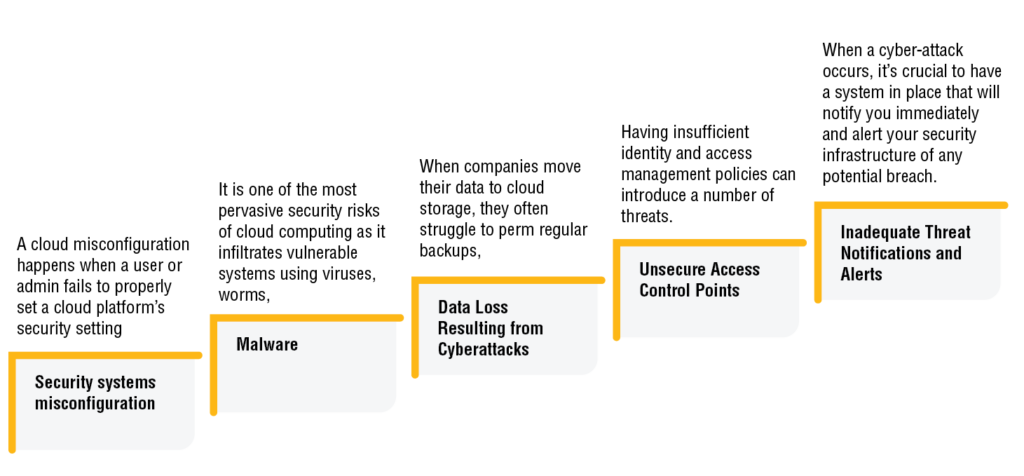What is Cloud Defence 101?
Once Upon a Time in the Cloud ……
When we were young, adults told us stories to convey important life lessons or knowledge …..
Today I want to tell you anåother kind of story, a story about the world of cloud security.
In both cases, there is a human element involved. _
Bedside stories often involve characters and their decisions, while cloud security is influenced by the actions and decisions of people who use and manage cloud services. There are a few parties involved – the users of the cloud services and the providers. But let’s not forget, the villain of the story, a third party intruder, whose sole purpose is to tear the cloud security down.
So then, when we refer to ‘cloud security’, what are we talking about?
In essence, cloud security refers to the measures, policies, and technologies designed to protect data, applications, and infrastructure in cloud environments.
——
As more organizations rely on cloud computing to store, process and manage their data, understanding the way cloud security works has never become more important.
Best Practices and Measures For Cloud Security
Cloud Security is an ever-evolving process, that requires continuous monitoring and adaptation to evolving threats and technologies.
Some of the best practices and measures for cloud security include:
Technologies |
Data Encryption |
Use encryption to protect data both in transit and at rest. Most cloud providers offer encryption services for data storage and transmission. |
Access Management Tools |
Use Identity and Access Management (IAM) tools to manage user and system access. | |
Security Tools |
Use cloud-native monitoring and security tools to gain visibility into your environment. | |
Container Security |
If using containers, implement container security practices, such as image scanning, network policies, and runtime protection. | |
API Security |
Secure your APIs by implementing authentication, authorization, and rate limiting to protect against API-related attacks. | |
Cloud-Native Security solutions |
Consider using cloud-native security services and tools provided by your cloud provider. | |
Cloud Security Posture Management |
Use CSPM tools to continuously assess and enforce security policies in your cloud environment. | |
Policies |
Access Control |
Implement strict access control policies to ensure that only authorized individuals or services can access your cloud resources. |
Disaster and Recovery Plan |
Regularly back up critical data and implement disaster recovery strategies to ensure business continuity in case of data loss or system failures. | |
Data Classification Policies |
Establish data retention policies and delete data that is no longer needed. | |
Penetration Testing and Vulnerability Scanning |
Regularly conduct penetration testing and vulnerability scanning to identify and remediate security weaknesses. | |
Measures |
Multi-Factor Authentication (MFA): |
Require MFA for all user accounts and services to add an extra layer of security. |
Network Security |
Configure network security groups and firewalls to control traffic to and from your cloud resources. | |
Patch Management |
Regularly update and patch your cloud resources to protect against known vulnerabilities. | |
Logging and Monitoring |
Implement robust logging and monitoring to detect and respond to security incidents. Define security groups and roles with the principle of least privilege in mind. Users and resources should only have the permissions necessary to perform their tasks. | |
Incident Response Plan |
Develop and regularly test an incident response plan to address security breaches and data leaks. | |
Data Controls |
Classify data based on sensitivity and apply appropriate security controls. |
The world of cloud computing is here to stay, By applying consistent and rigorous security measures and finding a trustworthy cloud provider will help to ensure your data is safe.
Best Practices and Measures For Cloud Security
The traditional way to secure data was to build a moat around it. Cloud computing moves away from that.
Now there is a need to protect internal as well as external data intrusions and operate on a zero-trust model.
Zero-trust principles that shape the model:
Assume all network traffic is a threat, at all times

Every device, user, and network flow is authenticated, authorized, and validated when requesting access on an ongoing basis.
Enforce least-privileged access.

Least-privilege access helps restrict attackers from moving laterally to more critical resources if an account or device is compromised.
Always monitor.

Advocates for continuous monitoring and analyzes and managing activity on the network at all times on a real-time basis
You cannot completely eliminate risk; but you can manage it. Here we take a look at the top 5 security threats in cloud computing








